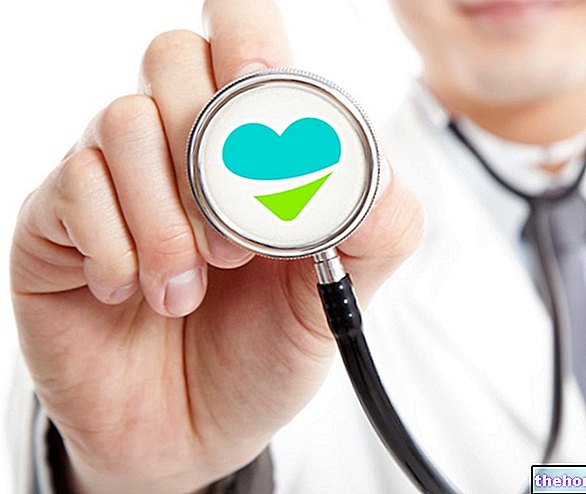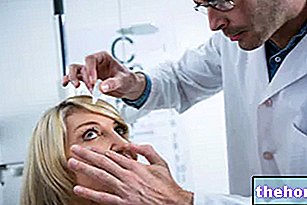
What is Edistride - Dapagliflozin and what is it used for?
Edistride is a medicine indicated for the treatment of adults with type 2 diabetes.
Edistride can be used on its own (alone) when diet and exercise alone do not provide adequate control of blood glucose (sugar) levels in patients intolerant to metformin (another diabetes medicine).
Edistride can also be used as add-on therapy in combination with other antidiabetic medicines, including insulin, when these medicines, in combination with diet and exercise, do not provide adequate control of diabetes.
Edistride contains the active substance dapagliflozin. This medicine is the same as Forxiga, which is already authorized in the European Union (EU). The company that makes Forxiga has agreed that its scientific data can be used for Edistride (“informed consent”).
How is Edistride - Dapagliflozin used?
Edistride is available as tablets (5 and 10 mg) and can only be obtained with a prescription. The recommended dose is 10 mg once a day. If Edistride is used in combination with insulin or with medicines that promote the body's production of insulin, the dosage may need to be reduced to decrease the risk of hypoglycaemia (low blood glucose). Since the effects of Edistride depend on the renal function, the efficacy of the medicine is reduced in patients with renal dysfunction. Therefore, the use of Edistride is not recommended in patients with moderate or severe renal dysfunction. A starting dose of 5 mg is recommended in patients with severe hepatic impairment.
How does Edistride - Dapagliflozin work?
Type 2 diabetes is a disease in which the pancreas does not produce enough insulin to control the level of glucose in the blood or in which the body is unable to use insulin effectively, which leads to increased levels blood glucose.
The active substance in Edistride, dapagliflozin, works by blocking a protein in the kidneys called sodium-glucose type 2 cotransporter (SGLT2). SGLT2 is a protein responsible for the reabsorption of glucose in the bloodstream (bloodstream) from urine, when the blood is filtered into the kidneys. By blocking the action of SGLT2, Edistride induces the elimination of more glucose through the urine and , consequently, the reduction in the concentration of glucose in the blood.
What benefit has Edistride - Dapagliflozin shown during the studies?
Edistride used on its own was compared with placebo (a dummy treatment) in two studies involving 840 patients with type 2 diabetes. A third study compared Edistride with a sulphonylurea (glipizide), both given in combination with metformin in 814 patients. Four other studies compared Edistride with placebo, in the form of add-on therapy in combination with metformin, a sulphonylurea (glimepiride), a thiazolidinedione or insulin in 2,370 patients. In all of the studies, the main measure of effectiveness was the level in the blood of a substance called glycosylated hemoglobin (HbA1c), which gives an indication of how well the blood glucose is controlled.
Edistride was more effective than placebo in lowering HbA1c levels when used both alone and in combination with other antidiabetic medicines. Used alone at a dose of 10 mg, Edistride decreased HbA1c levels by 0.66% more than placebo after 24 weeks. In combination with other antidiabetic medicines, Edistride 10 mg decreased HbA1c levels by 0.54-0.68% more than placebo after 24 weeks.
Compared to therapy with a sulphonylurea, Edistride has shown at least equal efficacy: both drugs resulted in a reduction in HbA1c levels by 0.52% after 52 weeks.
What is the risk associated with Edistride - Dapagliflozin?
The most common side effect with Edistride (which may affect more than 1 in 10 people) is hypoglycaemia when given in combination with a sulphonylurea or insulin. For the full list of Edistride side effects and restrictions, see the package leaflet.
Why has Edistride - Dapagliflozin been approved?
The Agency's Committee for Medicinal Products for Human Use (CHMP) decided that Edistride's benefits are greater than its risks and recommended that it be approved for use in the EU.
The CHMP concluded that Edistride has been shown to be effective in lowering blood glucose levels in patients with type 2 diabetes, when used both alone and in combination with other antidiabetic medicines with different mechanisms of action. other beneficial effects observed including weight loss and a decrease in blood pressure.
Frequently observed side effects, such as an increase in genital and, to a lesser extent, urinary tract infections (infection of the structures that carry urine), were related to the way the medicine works and are considered manageable. . Fewer but higher numbers of bladder, breast and prostate cancers were observed in patients treated with Edistride than in the placebo group. However, there were no differences between the groups when all tumor types were considered; furthermore, the preclinical studies that examined the risk of developing cancer with Edistride did not find this risk. The committee recommended further studies to investigate this aspect.
What measures are being taken to ensure the safe and effective use of Edistride - Dapagliflozin?
A risk management plan has been developed to ensure that Edistride is used as safely as possible. Based on this plan, safety information has been added to the summary of product characteristics and package leaflet for Edistride, including the appropriate precautions to be followed by healthcare professionals and patients.
Other information about Edistride - Dapagliflozin
For more information about Edistride therapy, read the package leaflet (included with the EPAR) or contact your doctor or pharmacist.
The information on Edistride - Dapagliflozin published on this page may be out of date or incomplete. For a correct use of this information, see the Disclaimer and useful information page.




























